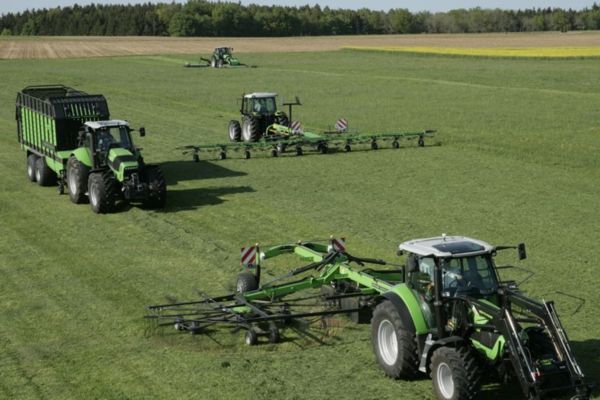
FAQ
What is a hose ferrule?
Hose ferrule is a component designed to connect the hose to the hydraulic fittings, it can form a tight connection with the hose by barb to prevent leakage.
What are the hose ferrule made of?
Hose ferrule materials are very extensive, generally are composed of stainless steel, brass, carbon steel,and so on.
How to choose the right hose ferrule?
When choosing a hose ferrule, we must first analyze the size, material and brand of the hose. Then according to the outer diameter of the hose to correspond to the inner diameter of the ferrule, so that you can choose the right hose ferrule.
How about the hydraulic ferrule coating?
Topa Hydraulic is able to provide both white and yellow zinc plating services, both of which will be salt spray tested.
How does a hose ferrule work?
The hose ferrule is attached to the hose , after applying the proper force, is tightly compressed to the outer part of the hose, forming a perfect seal together with the fitting.
What are the advantages of hose ferrule?
The hose ferrule can form a perfect seal with the hose and is very convenient to install, and the metal material of the ferrule is also corrosion resistant.
Can you reuse the hose ferrules?
Hose ferrule is better not to reuse. Reuse may cause fluid leakage in the hose, so it is best to replace a new ferrule.
Can you overtight hose ferrules?
Do not over-tighten the hose ferrule, over-tightening may cause the ferrule to deform, making the fitting, hose and ferrule seal failure, resulting in leakage.
How long does it take to ship?
Products in stock take 10 days.
Production orders take 1-2 months.
Other issues are negotiable.
What is minimum order of hose ferrules ?
If in stock, it coulde be 20 pieces of each size, if not in stock, we need to communicate with you.



































